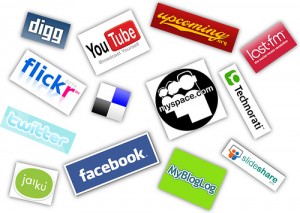In this paper, Jenkins has clarified on how this world is now grounded by technology. Explaining that people during at this time rely the internet and media more than we realize. Media has been evolving into a larger scale different from how it was before. It has been separated into two different definitions; old media and new media. Old media can be defined as anything before the new media of the internet existed, as in newspapers, cable televisions, telephones, books, radios. New media has a broader means of communication through the limitless world of the internet.
Jenkins also explains that children are exposed to popular culture at such a young age which allows them to attain these skills that most adults are still learning. Jenkins goes into further detail about this by explaining The Participation Gap, which is “the unequal access to the opportunities, experiences, skills, and knowledge that will prepare youth for full participation in the world of tomorrow.”(Confronting the Challenges of Participatory Culture: Media Education for the 21st Century page 3) Although there are positive benefits to children adapting to new media at an early age, there can be misguided judgement from this new culture. “Napster Generation” is the name given to youth have capitalized on Appropriation, “the ability to meaningfully sample and remix media content.” (Confronting the Challenges of Participatory Culture: Media Education for the 21st Century page 32) In doing so, they are stealing money from music companies and artists everywhere all because they are influenced by the new technological culture of their time.
Citations:
Jenkins, Henry. Confronting the Challenges of Participatory Culture: Media Education for the 21st Century. Cambridge, MA: MIT, 2009. Print.

